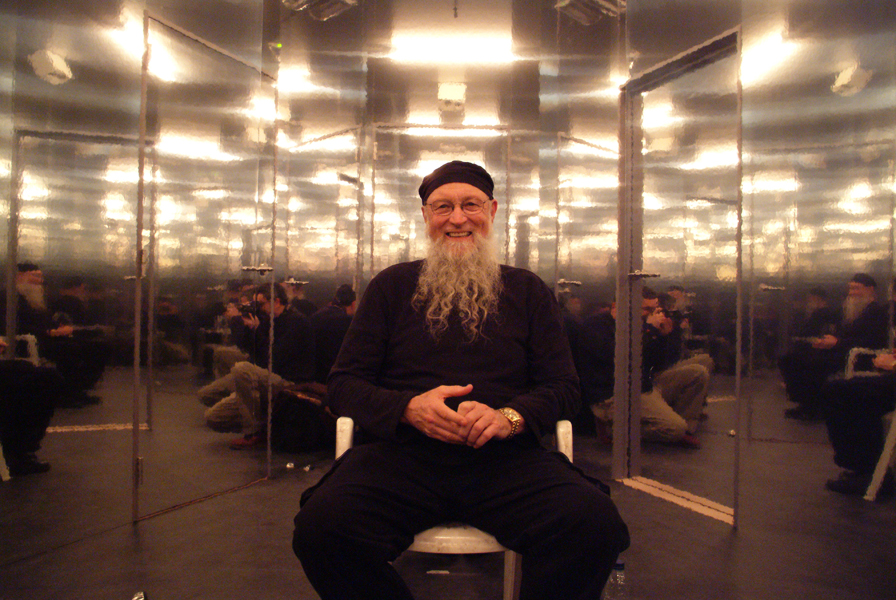 The global music community owes composer Terry Riley an enormous debt of gratitude. He pioneered the minimalism movement with his seminal 1964 composition "In C." The piece, based on interlocking, pulsating repetitive patterns, continues to influence countless musicians to this day. Riley is also one of the first to experiment with the possibilities of tape loops. His explorations began in the 1950s and played a paramount role in setting the stage for virtually everyone who integrated looping into their recordings and performances since.
The global music community owes composer Terry Riley an enormous debt of gratitude. He pioneered the minimalism movement with his seminal 1964 composition "In C." The piece, based on interlocking, pulsating repetitive patterns, continues to influence countless musicians to this day. Riley is also one of the first to experiment with the possibilities of tape loops. His explorations began in the 1950s and played a paramount role in setting the stage for virtually everyone who integrated looping into their recordings and performances since.
His sonic footprint has stepped far beyond minimalist and avant-garde paths. Perhaps the most famous example is The Who’s “Baba O’Riley” in which Pete Townshend played organ parts inspired by Riley’s 1969 release A Rainbow in Curved Air. Gong, Soft Machine, Tangerine Dream, and Curved Air—named after Riley’s album—have also all cited him as significantly affecting their approaches.
Riley’s early musical associations included working with the likes of John Cale, Pauline Oliveros, Steve Reich, Morton Subotnick, and La Monte Young during the ‘60s. But his most significant artistic relationship was with the late master Indian classical vocalist Pandit Pran Nath. Riley was Nath’s disciple and spent a great deal of time in India with him during the ‘70s, accompanying him on tabla, tambura and vocals. Riley’s immersion in the Indian raga form during this period had a profound impact on his subsequent output and musical philosophy.
Read on...


No comments:
Post a Comment